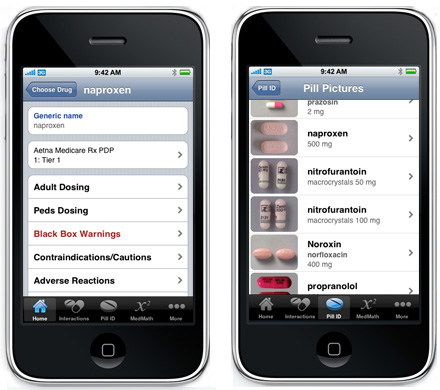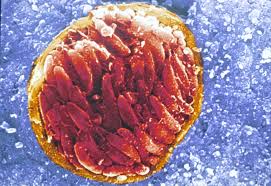The quote says it all – for some people recreational drugs can be mentally beneficial:
Read MoreIn 1966, Mullis tried LSD for the first time. After it was made illegal two years later, he and some student colleagues learned how to synthesise hallucinogens that were still legal. These drugs, he later said, were essential in allowing his mind to process ideas visually, enabling him to imagine himself “down there with the molecules”, looking at what would need to happen for the DNA strands to separate and be copied.
The breakthrough moment came in May 1983 when he was driving along a Californian highway. “My mind drifted back into the lab. DNA chains coiled and floated. Lurid blue and pink images of electric molecules injected themselves somewhere between the mountain road and my eyes,” as he puts it in his 1998 autobiography Dancing Naked in the Mind Field. It was on this journey that he came up with the polymerase chain reaction, the first method used for copying DNA.
The idea won him a Nobel prize. The Nobel Foundation described it as “of very great significance for biochemical and genetic research”, but made no mention of hallucinogens. [New Scientist, 9 July 2011]

